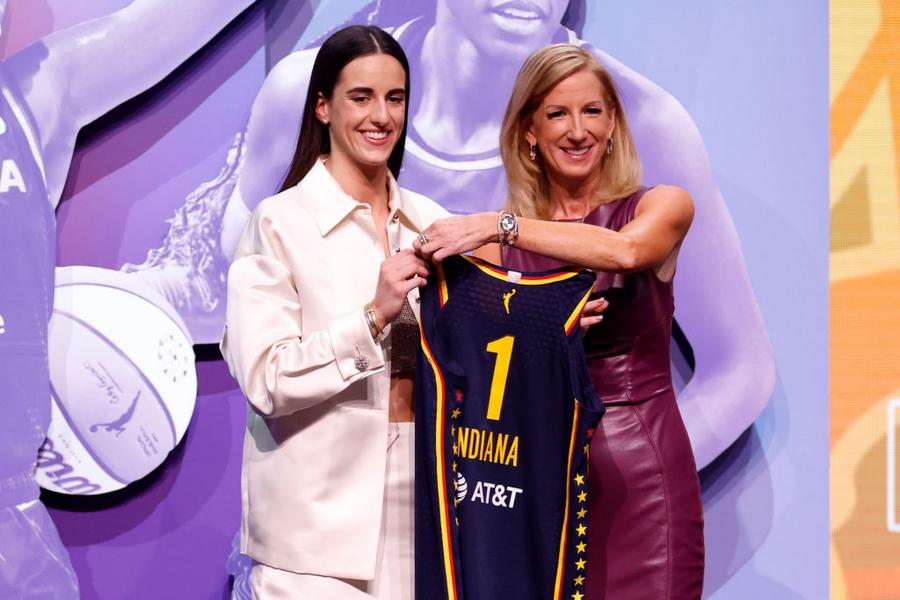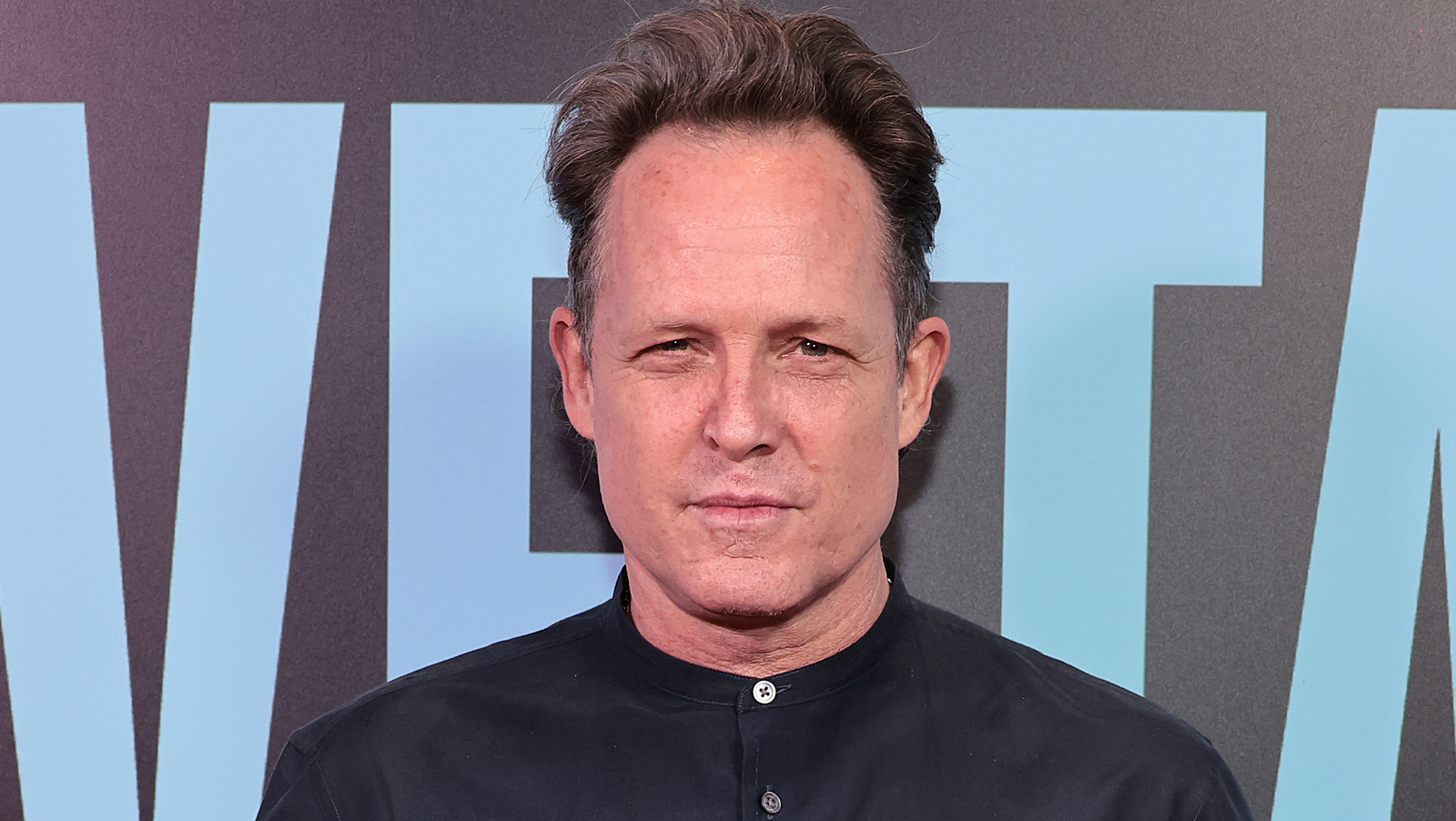Financially speaking, Caitlin Clark has already had an absolutely phenomenal basketball career, and she hasn't even played a single day of professional basketball!
While still at the University of Iowa, Caitlin inked an estimated $3 million worth of NIL deals. She also earned two national player of the year awards and became the all-time leading scorer for both women's and men's NCAA Division 1. On Monday, the Indiana Fever selected Caitlin with the No. 1 pick in Monday's WNBA Draft. Her jerseys are already flying off the shelves. Under her deal with the Fever, Caitlin will make around $76,000 in base salary as a WNBA rookie.
Thankfully, she'll have some extra income in the form of a just-signed, massive Nike contract. As we stated a moment ago, Caitlin's WNBA annual salary is $76,000. She'll earn that every FOUR DAYS from her Nike contract.

Caitlin Clark (L) with WNBA Commissioner Cathy Engelbert (Sarah Stier/Getty Images)
Caitlin has actually had a Nike NIL contract since October 2022, but after leaving college, she essentially became a free agent in the shoe market. All the big companies made a play for Caitlin in the last few weeks. Under Armour reportedly even brought Steph Curry into its meeting with Caitlin. In the end, Nike won.
It has been widely reported that Caitlin just signed a 3-year, $20 million deal with Nike. On an average annual basis, that's $6.6 million. That's $18,264 per day. So, every 4.2 days, she'll earn more than her entire WNBA rookie salary.
Clark's deal with the Fever is worth $338,056 over four seasons. Here's the breakdown of each year:
2024: $76,535
2025: $78,066
2026: $85,873
2027: $97,582
The final year has a team option, which the Fever will pick up unless something goes awry over the next three seasons. By the time this contract ends, the WNBA will have a new television deal that could increase the salary cap and subsequent salaries.
Hoops fans have heard plenty of comparisons to NBA salaries. For example, Victor Wembanyama, the NBA's No. 1 pick, can make 120% of the rookie scale salary, so he earned around $12 million this year. But the WNBA is still a relatively new league and doesn't have the financial backing the NBA has.
Instead, where the WNBA could stand to grow is in how it shares revenue with players. NBA athletes get 50% of the league's revenue share, while WNBA athletes only get 10%. That's what the league's players are focused on — creating an equal percentage with their counterparts.
The league may have to wait until the next collective bargaining agreement to make something like that happen, but Clark's success will help play a key role.










 Bengali (BD) ·
Bengali (BD) ·  English (US) ·
English (US) ·